|
A taxonomic key couplet distinguishes between a sessile wing cell and a petiolate wing cell -- but what does that mean? Look at the crossveins, not the shape of the cell itself. Wing venation is a critical component of many insect keys. (I was accustomed to the reduced venation of Chalcidoidea but am now in a bee lab, dealing with larger and more venous hymenopterans.) An anteriorly sessile versus anteriorly petiolate 2nd submarginal cell (2SM or SM2) is a character that is important in some sphecidoid and vespidoid groups. While working through keys and double-checking terminology, it was hard to find online guidance on the sessile/petiolate distinction. I finally got smart and consulted the book 'Hymenoptera of the World' (Goulet & Huber 1993). The wing on the left shows 2SM petiolate anteriorly, because it does not touch the marginal cell (M), but is connected to it by a crossvein (like a petiole). The wing on the right is an example of 2SM sessile anteriorly, because 2SM touches M, sharing a common vein. Image from Hymenoptera of the World. reference: Goulet, H. & Huber, J.T. (1993) Hymenoptera of the world: An identification guide to families. Agriculture Canada, Ottawa, Canada. [page 190, mutillid key]
1 Comment
As a visual history of evolution, Trees of Life (Pietsch 2012) is a captivating book. There are hundreds of figures, lending insight to how organisms' relatedness has been interpreted through the centuries -- from the fanciful hierarchical ladders drawn in the 1500s, to the dichotomous branching trees of today. Shown below are some pre-1900s illustrations.
the quinarian approach: The quinarian system, popular in the early 1800s, is based on the belief that things existed in natural groups of five, at all levels. The objects touching indicate continuity. Left: Macleay 1821. Asterisks represent taxa not yet discovered but that must exist, to fulfill the assumptions of the quntuplet pattern. Right: Kaup 1854. The empty triangles are groups not yet discovered.
reference: Pietsch, T. W. (2012). Trees of life: a visual history of evolution. JHU Press.
|
PhyloBlogCovering topics of phylogenetics and systematics & other science-related news. Archives
October 2019
Categories
All
|


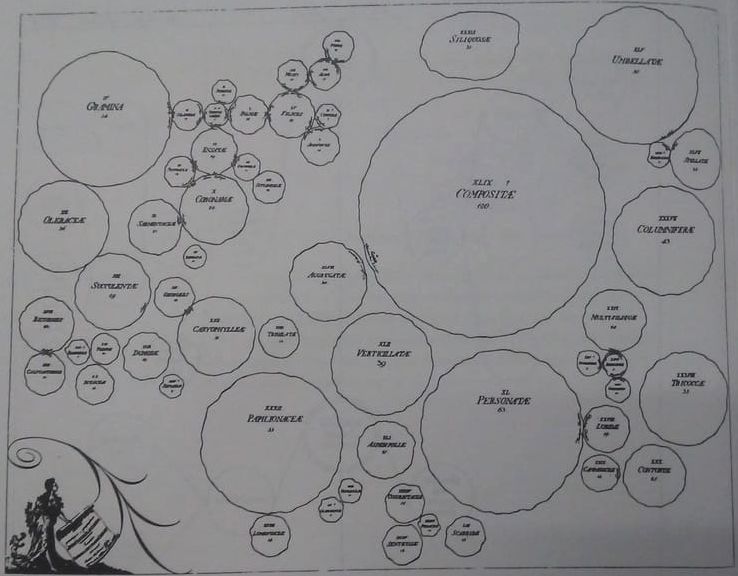

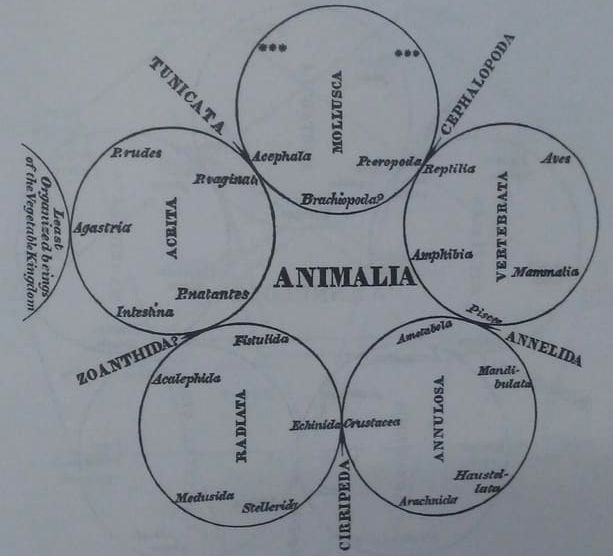
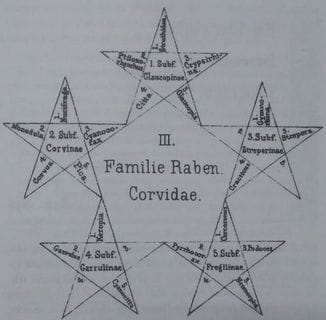
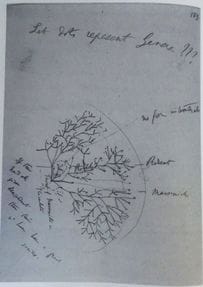
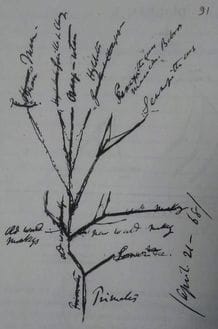
 RSS Feed
RSS Feed